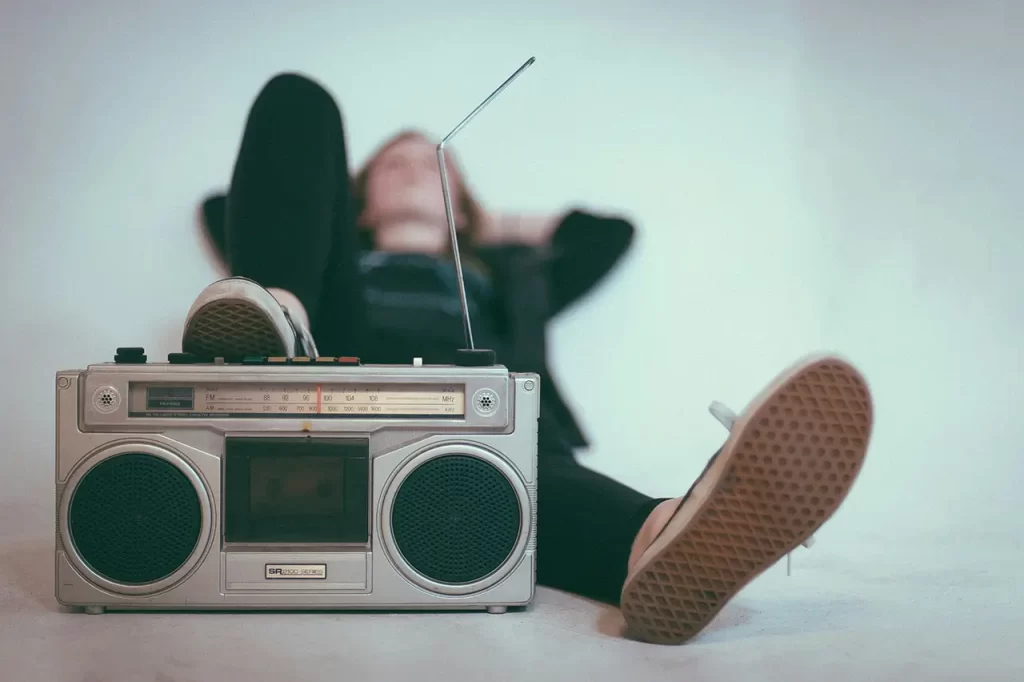Have you ever stumbled upon a video that made your scalp tingle, your body relax, and your mind drift into a state of blissful tranquillity? If so, you may have experienced Autonomous Sensory Meridian Response, more commonly known as ASMR. This peculiar phenomenon has been captivating internet users worldwide, yet many still remain in the dark about what it truly entails. Join me on a journey as we delve into the depths of this experience, uncovering its origins, exploring its diverse triggers, and contemplating its potential benefits.
What is ASMR?
ASMR, which stands for Autonomous Sensory Meridian Response, refers to a tingling sensation that typically begins on the scalp and moves down the back of the neck and upper spine. This sensation is often triggered by specific auditory or visual stimuli, such as whispering, tapping, or gentle movements. For those who experience it, it can induce feelings of relaxation, euphoria, and even drowsiness.
Origins of ASMR
The term “ASMR” was coined in 2010 by Jennifer Allen, though the phenomenon itself has likely existed for much longer. Early adopters of this type of content began sharing videos on platforms like YouTube, where creators would employ various triggers to elicit the desired response from viewers. Since then, ASMR has evolved into a diverse subculture with a vast array of content creators and enthusiasts.
Exploring Triggers
ASMR triggers can vary greatly from person to person, with some individuals responding more strongly to certain stimuli than others. Here are some common triggers that you might encounter in ASMR videos:
Whispering
Whispering is perhaps one of the most iconic ASMR triggers. The soft, hushed tones of a whisper can create a sense of intimacy and relaxation for many viewers.
Tapping and Scratching
The rhythmic sound of tapping or scratching can be incredibly soothing for some individuals. Whether it’s the gentle tapping of fingernails on a hard surface or the soft scratching of a brush against fabric, these sounds have a unique ability to induce ASMR.
Roleplay Scenarios
ASMR roleplay videos often involve creators assuming various personas and engaging in simulated interactions with the viewer. From haircuts to medical examinations, the possibilities are endless, allowing viewers to immerse themselves in different scenarios and experiences.
Personal Attention
Many ASMR videos focus on providing viewers with personal attention, whether it’s through simulated hair brushing, face touching, or hand movements. This sense of care and focus can be immensely comforting for those seeking relaxation.
The Science Behind ASMR

While ASMR has garnered a significant following, its scientific basis remains somewhat elusive. Research on the subject is still in its infancy as of 2024, with limited studies exploring the phenomenon and its potential therapeutic effects. However, some researchers have proposed theories to explain why it occurs.
Neurological Responses
Some scientists believe that ASMR may be linked to the release of certain neurotransmitters in the brain, such as serotonin and dopamine. These neurotransmitters are associated with feelings of pleasure and relaxation, which align with the subjective experiences reported by individuals who experience it.
Evolutionary Perspectives
From an evolutionary standpoint, ASMR triggers may have originated from behaviours associated with grooming and social bonding. The gentle sounds and movements featured in videos may mimic the soothing sensations experienced during moments of physical closeness and connection.
Individual Variances
It’s important to note that not everyone experiences ASMR, and those who do may respond differently to various triggers. Factors such as personality, past experiences, and sensitivity to sensory stimuli can all influence an individual’s susceptibility to it.
The Benefits of ASMR
While the scientific evidence supporting the therapeutic benefits of ASMR is still limited, many individuals report using it as a tool for relaxation, stress relief, and improved sleep quality. Here are some potential benefits associated with these sensations:
Stress Reduction
Listening to ASMR videos can promote relaxation and alleviate stress by inducing feelings of calmness and tranquillity. The soothing sounds and gentle movements featured in its content provide a welcome escape from the hustle and bustle of daily life.
Sleep Aid
For those struggling with insomnia or difficulty falling asleep, ASMR videos may offer a natural remedy. The calming effects of these sensations can help quiet the mind and prepare the body for restful sleep, making it a popular choice for bedtime routines.
Mindfulness and Meditation
ASMR can serve as a form of mindfulness practice, encouraging individuals to focus on the present moment and cultivate a sense of inner peace. By tuning into the subtle sensations elicited by its triggers, practitioners can enhance their awareness and promote mental clarity.
Conclusion: Embracing the ASMR Experience
In a world filled with constant noise and distraction, ASMR offers a quiet oasis where individuals can unwind, recharge, and reconnect with themselves. Whether you’re seeking relaxation, stress relief, or simply curious to explore the subject, there’s a wealth of content waiting to be discovered.
So, the next time you find yourself in need of a moment of tranquillity, why not give it a try? You might be surprised by the soothing sensations it has to offer.
Remember, ASMR is a deeply personal experience, so don’t be discouraged if you don’t immediately resonate with it. Keep exploring different triggers and techniques until you find what works best for you.
In the meantime, sit back, relax, and let the whispers of the internet guide you on a journey to inner peace and serenity. Happy tingling!








No Comments